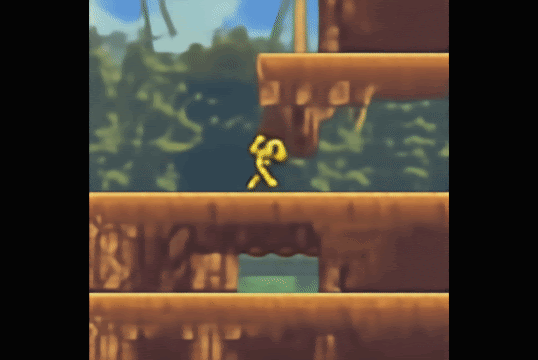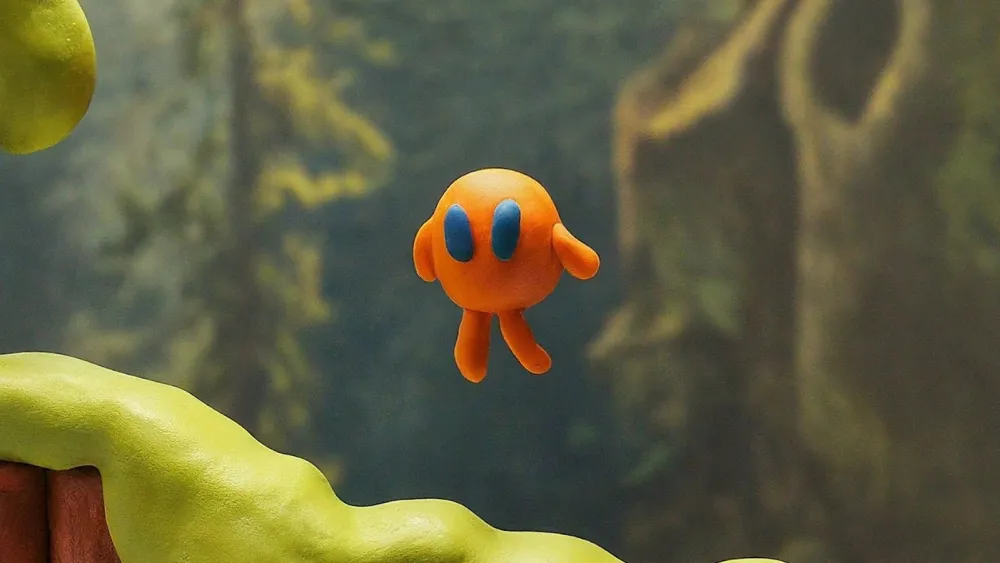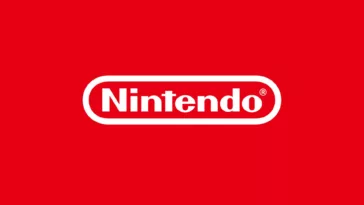The concept of endless worlds and possibilities in video games has captured the imaginations of players for decades. From the vast expanses of Skyrim to the ever-changing biomes of Minecraft, the boundaries of virtual worlds continue to dissolve. Procedural generation, a technique where computers create unique elements based on algorithms and pre-programmed assets, has been a key contributor to this. But the question remains: What if AI could turn even a child's napkin doodle into a fully playable game, evolving and reacting in real-time to your every move?
Google's DeepMind lab may have the answer with their new AI model, Genie (Generative Interactive Environments). It's a leap in procedural generation that could revolutionize game development and potentially much more.
Genie's Unusual Training Grounds
Imagine an AI student with a relentless appetite for analyzing games. Genie's "classroom" wasn't filled with textbooks but instead millions of video clips of classic 2D platformers like Super Mario Bros. and Sonic the Hedgehog. This AI studied tirelessly, devouring hours and hours of footage for patterns and sequences. But Google's latest AI project wasn't just mindlessly watching – it was looking for the hidden language of play, the actions and interactions that make games tick.
The challenge was that internet videos don't come neatly labeled. The AI had to develop a keen intuition for identifying actions – when a character jumped, dodged, or attacked – just from the raw visual data. It had to become a master detective of game mechanics.
The Magic of Creation from a Single Image
Genie's superpower is its ability to transform art into interactive worlds. A real-world photo, a playful sketch, or even an AI-generated image can become the seed for a unique video game. Let's break down how it works:
- The Blueprint: The image you provide is like the blueprint, the first frame of the game.
- The Genie at Work: You give the generative AI an instruction, like 'move right' or 'jump.' The model takes that input, analyzes the environment it has created, and predicts the next frame of the game, responding directly to your command. This cycle repeats, giving life and motion to your starting idea.

Unlike traditional games, where developers painstakingly craft every animation, Genie improvises on the fly, always surprising you (and maybe even itself!) with unexpected twists and turns.
Beyond Buttons and Pixels
Google's blog post hints at Genie's potential, showcasing it turning kids' drawings into playful sidescrollers and LEGO Thor leaping across a hand-drawn whiteboard. But Genie's talents may extend far beyond entertainment.
For example, the researchers trained Genie on videos of robot arms in action. The results were extraordinary! Without any instructions, Genie created a simulation where users could control a virtual robot arm like a character in a game. This kind of tech could revolutionize robotics training – imagine virtual environments where engineers can test and refine robotic movements safely and with unlimited variability.
Imagining the Possibilities
Genie opens up a world of fascinating 'what ifs':
- Self-Driving Car School: Could Genie generate countless virtual cities where AI drivers can hone their skills, facing the full complexity and unpredictability of real-world roads?
- Game Design Made Easy: Will game studios of the future have an AI assistant like Genie, turning rough sketches into testable prototypes in minutes?
- Hyper-Personalized Experiences: Can Genie adapt to a player's skill, style, or even their mood, crafting unique challenges and levels for a tailored experience?
Harnessing the AI Advantage
Genie has some growing to do. Its worlds can be short-lived or glitch in unexpected ways. Yet, it's important to remember that AI development is iterative. Imagine the possibilities when Genie is capable of generating complex narratives, multi-layered levels, and smooth, high-speed gameplay.
Google's Genie is a captivating experiment, merging AI ingenuity with the unbounded possibilities of play. It's a glimpse into a future where technology empowers creativity, and the games we play may truly be limited only by our imaginations.
Potential Drawbacks and the Need for Careful Consideration
While Google's generative AI promises exciting possibilities, it's essential to acknowledge the potential downsides and ethical considerations that accompany such powerful AI technology:
- Unintended Bias and the Data Dilemma: AI models like Genie inherit biases from the data they train on. If they primarily learn from existing games, it risks perpetuating stereotypical designs or unintentionally limiting the kind of worlds produced. Thoughtful data curation and transparency will be crucial to avoid harmful outcomes.
- Creative Control and Devaluation: Could widespread use of tools like Genie diminish the value of traditional game development skills? Some worry about an over-reliance on AI, devaluing the artistry and meticulous world-building that goes into handcrafted games.
- Accessibility and the Resource Gap: Powerful AI usually requires significant computing resources and technical expertise. Will access to technology like Genie be democratized, or could it further divide large studios from indie creators already struggling to compete?
- Beyond Entertainment: Misuse Potential: If powerful AI can turn images into interactive environments, this technology could also be misused for simulating harmful scenarios or replicating real-world environments for malicious purposes. Developing safeguards and ethical guidelines will be essential.
- Unpredictable Evolution: AI's ability to learn and adapt means that Genie, or systems like it, could evolve in unexpected ways. It calls for caution and continuous monitoring – will seemingly innocent games develop unintended themes or could they be exploited in ways programmers didn't foresee?
The Importance of Responsible AI
Genie highlights both the brilliance and the responsibility that comes with developing advanced AI. It's a reminder that while we champion technological innovation, it's equally important to actively address these concerns, fostering responsible AI practices that minimize risks while maximizing the potential benefits for all.
Google's Genie represents a fascinating milestone in the world of AI-powered creativity. Its potential to transform images into playable games, simulations, and training environments is nothing short of astounding. The promise of personalized gaming experiences, accelerated development, and new frontiers in robotics training is undeniably exciting.
However, like any powerful tool, Genie demands careful consideration. Acknowledging potential risks like unintended biases, threats to creative control, and even the possibility of misuse is crucial as this technology evolves. The future success of Genie, and similar AI systems, relies not only on pushing technical boundaries but on a strong foundation of ethical AI development and accessibility.
The Genie experiment reminds us that innovation and responsibility must go hand in hand. It's a call for continued dialogue, transparency, and a proactive approach to shaping the future where AI and human ingenuity merge to create extraordinary new worlds – both for entertainment and far beyond.




